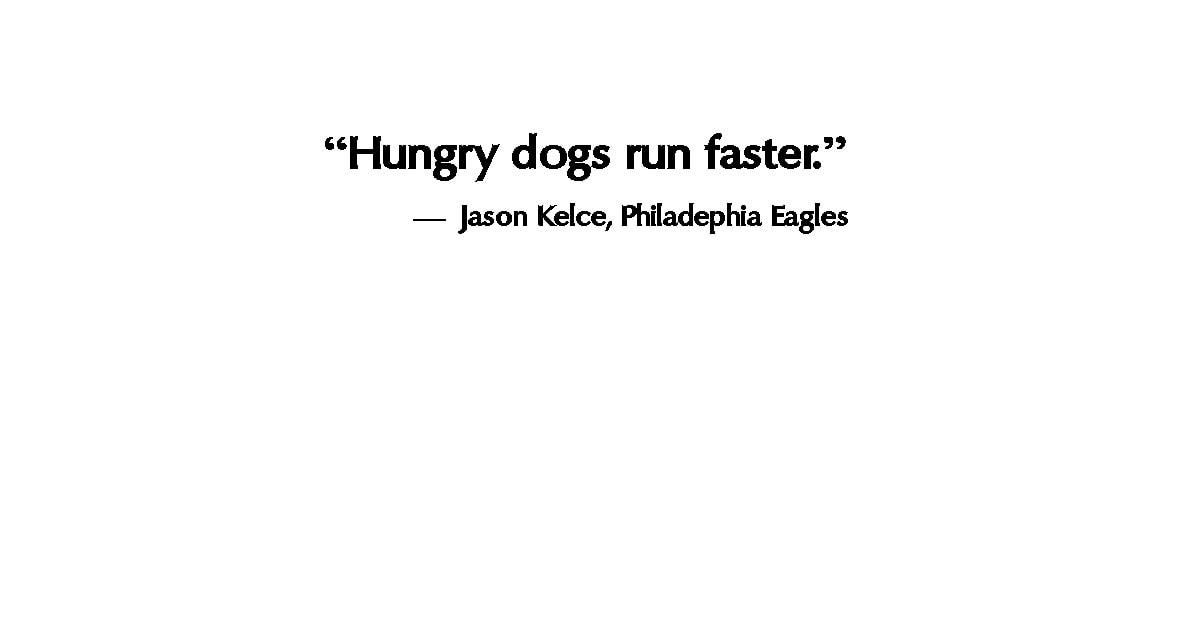Learn more about this series.
MULTIPLE TRACKS
|
Hunter Somers, GRHS Class of 2017, hopes his story will encourage others to think positively, take risks, and make the most of resources and opportunities.
|
|
With two train tracks running through the center of town, people here in Glen Rock have easy access. Where else can you roll out of bed, sleepwalk your way to the train station a mile down the road - a world away from the honking cars and grouchy businesspeople throwing themselves at taxis and Ubers - and effortlessly make your way to the office out in New York City, Jersey City, or Hoboken?
I've lived in several cities over the past few years — attending Boston College and recently traveling to Chicago, Austin, and San Diego — and have grown to appreciate the convenience of NJ Transit even more. Despite not much sightseeing en route to Secaucus or Hoboken junctions, and train crew that seem to like early mornings even less than we do, NJ Transit should be more highly regarded. The easy access that resources like these give us is a convenient means of getting out into the world, experiencing new things, and securing a comfortable living. To me, twin tracks symbolize this level of access, or opportunity and connectivity, in two ways:
My freshman year of college, I was diagnosed with an extremely rare eye condition: juvenile glaucoma. Only 1 in 50,000 Americans are diagnosed with glaucoma before age 20. In keeping with the train tracks metaphor, this diagnosis completely derailed my college experience — even before the pandemic tossed another curve ball into the mix. My first years at Boston College, I dug in and tried to stick on the same track as my friends. Luckily, I enjoyed hobbies like running (I was a high school track athlete) and writing, which helped me clear my head and push through this new challenge.
While I had to put in more effort than my classmates — sticking to a medication routine, navigating headaches, dizziness, and the overall uncertainty of rapid optic nerve damage — I stayed on path towards reaching the final destination (graduation) relatively unscathed. Running track in high school, I knew how to gear up to do hard things. What do taking the train, running track, and coping with a chronic illness share in common? They all require DRIVE. Whether it’s caffeine, adrenaline, nerves, or fear, whatever gives you the jolt to scoot through the early stages will wear off. Once this happens, it’s up to you to find the inner motor to power on. Coaches always encouraged me to slow down as I whipped past the midway mark. Part of it was wanting to fast-track the course and pull off a miraculous performance, but I never listened to my body. When my back, knees, and shins screamed, I powered on, hoping to discover a second wind. Maybe pacing myself would have helped me avoid burnout, which often threatened to bring me to a crawl short of the finish line. However, patience was never part of my vocabulary. This would change by my junior year of college.
My glaucoma was outpacing all efforts to control it. Like a runaway train, it kept rolling faster and faster. That December, I went in for a routine surgery to prevent further nerve damage. Things didn’t go as planned. My recovery stretched out across months. Unlike cross-country races, I couldn’t power through this.
Each week when I went in for post-op appointments, I received the same response from my doctor: physical exertion put me at risk for irreversible vision loss. The pressure in my eye was dangerously low. Dealing with this felt like coming across the quarter-mile mark, just to be told that the last lap hadn’t counted.
Glen Rock’s twin train tracks represent having access to different routes that move us forward. With the help of people in town, I used this frustrating period to achieve a long-time personal goal: running the Boston Marathon. After six months, my doctor gave me the green light to resume exercise. He suggested I ease back into activity, but I’m not the type to dip my toes in the water... I plunge. Having endured the biggest test of my life, I felt empowered to take on anything.
Taking on the Marathon so soon after surgery, I was short of being in the elite field, was struggling through pain and ailments, had limited gym access all of my senior year due to the pandemic so I couldn’t stick to a regular routine, and I had to watch my glaucoma carefully to make sure I did not stress my runs, causing my pressure to increase.
Multiple ways of making it to a desired destination…that’s Glen Rock. I wanted to spin all of this adversity into something constructive, even when elements out of my control prevented me from following a conventional training routine. I registered for the marathon as a member of the Mass Eye and Ear (hospital) team. My Glen Rock friends, neighbors, and teachers generously donated to my marathon team and helped me raise $13,000 to promote continued research into treatments for glaucoma. Speaking of marathons, taking NJ Transit is a marathon of its own. There’s nothing wrong with skipping ahead and moving to NYC to avoid the commute, but it’s also alright to be patient, to take a minute and think about where you really want to go.
Because there’s a whole world off the beaten track. 🚂 🏃 |









